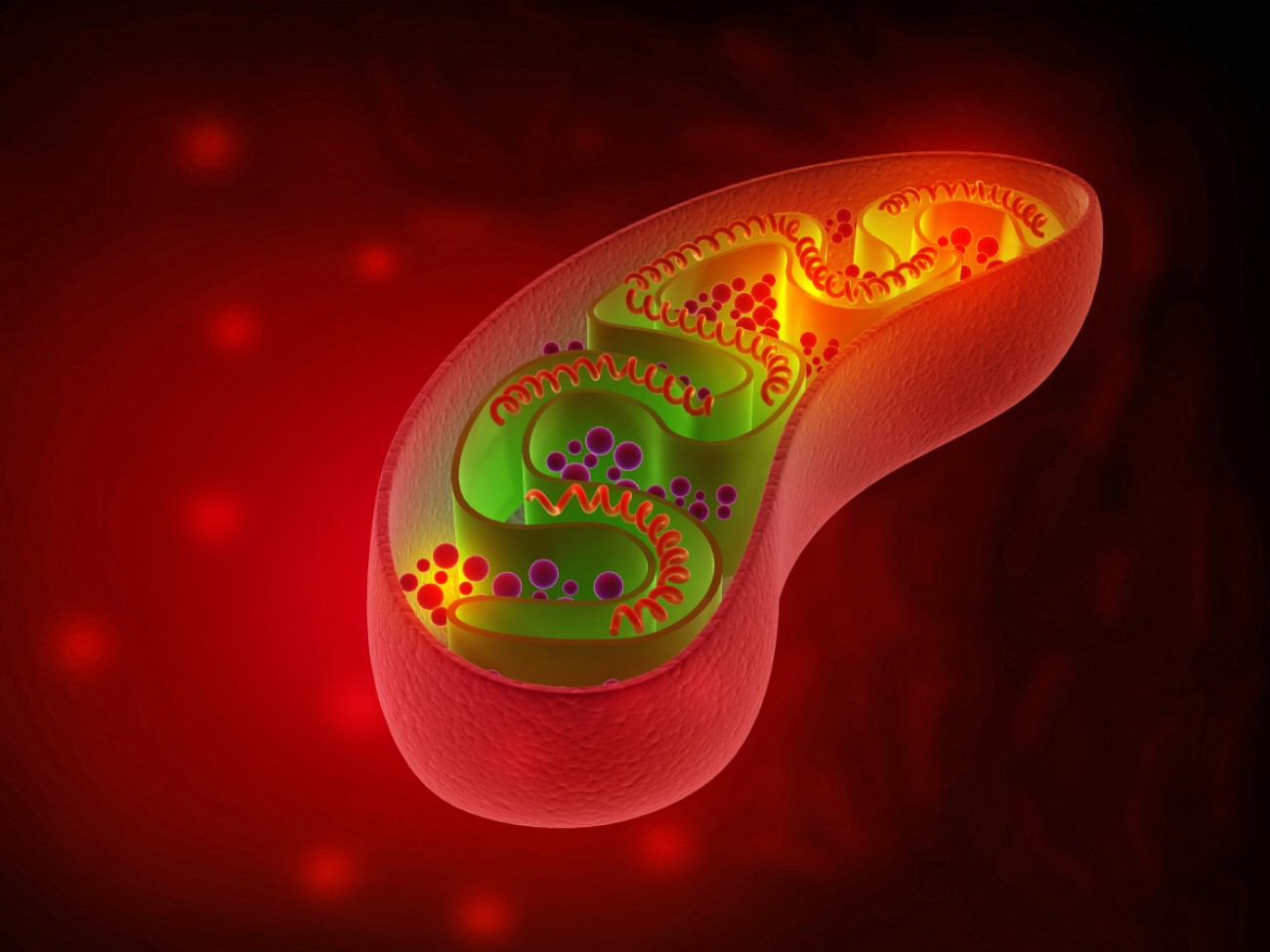
Research shows path to easier diagnosis of mitochondrial disorders
On Feb. 11, 2025, in study of mitochondrial disease at the University of Alberta researcher revealed an easier to diagnose serious diseases that disrupt the body’s energy supply.
The researchers looked at 297 people with suspected primary mitochondrial disorders to get an understanding of their causes and improve diagnosis and treatment. An estimated one in 5,000 people has a genetic mitochondrial disease.
“Mitochondria produce energy for every cell, tissue and organ in our body,” says Anastasia Ambrose, first author of the study. “So if we have variants in our mitochondrial DNA and our mitochondria aren’t functioning properly, it can affect any and every organ.”
There isn’t a cure, but treatment can prevent life-threatening complications, so proper diagnosis as quickly as possible is vital. Unfortunately, these disorders are difficult to identify because there is a lot of overlap with other disorders that have similar symptoms. These can include neuromuscular disorders such as myasthenia gravis and muscular dystrophy.
This study was the first to assess mitochondrial DNA testing in urine, which is cheaper and does not involve a muscle biopsy. This means more people with primary mitochondrial disorders can be properly diagnosed more quickly.
The study revealed some differences between how these disorders affect adults and children. Adults are more likely to have a disorder due to errors in mitochondrial DNA in cells, whereas in children the cause is more likely to be nuclear DNA errors in the cells. Researchers also found that muscle problems were more common in adults, and brain and developmental problems were more common in children.
Tags:
Source: University of Alberta
Credit: Illustration of cell mitochondria. Courtesy: Shutterstock.
